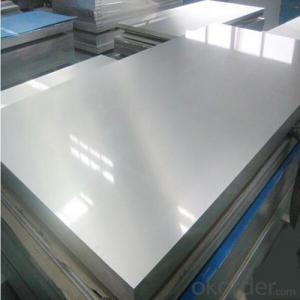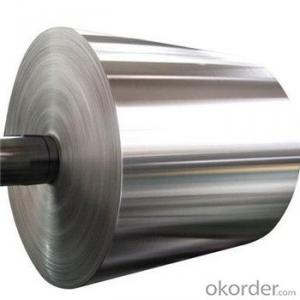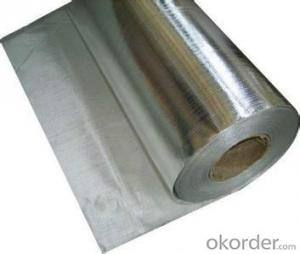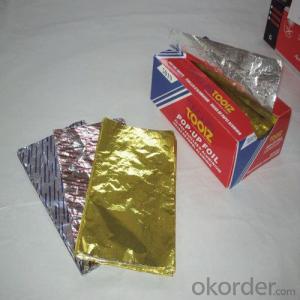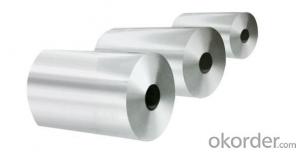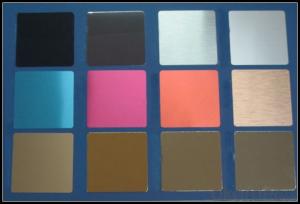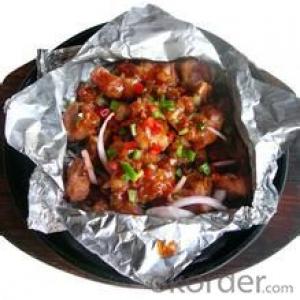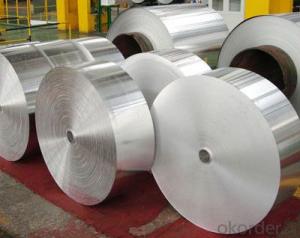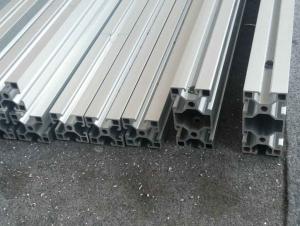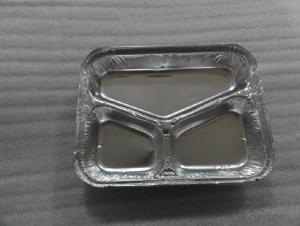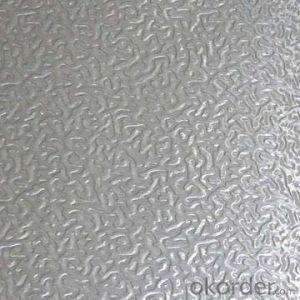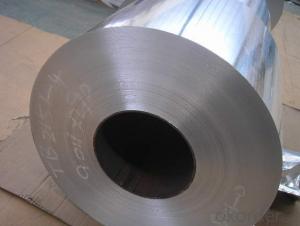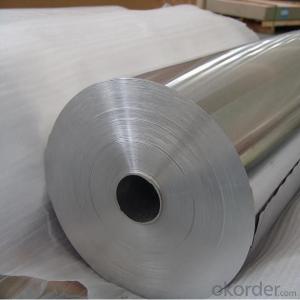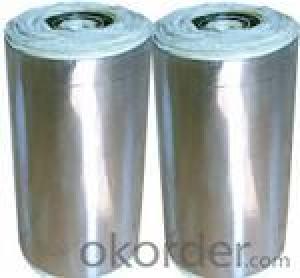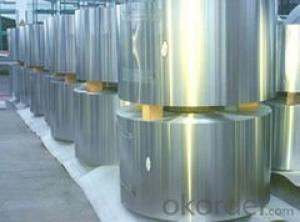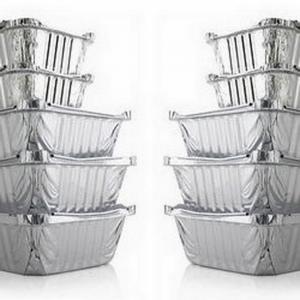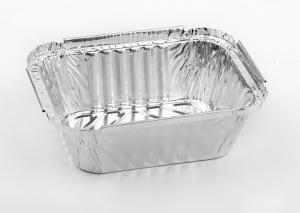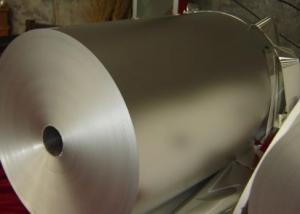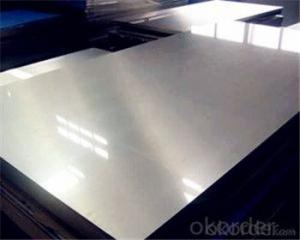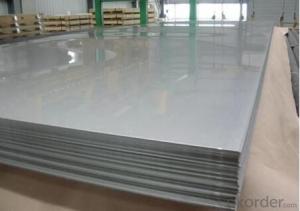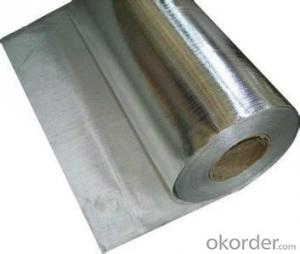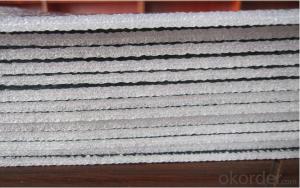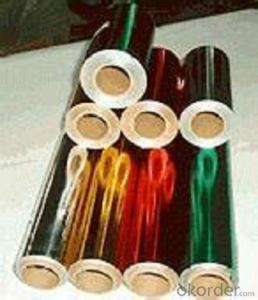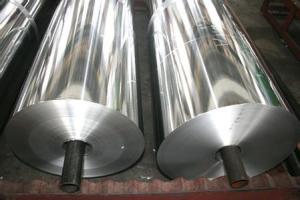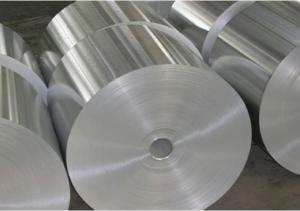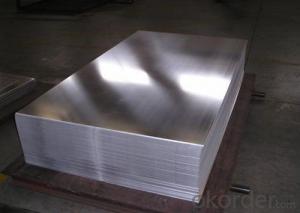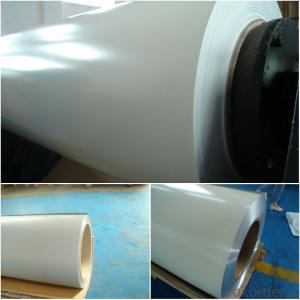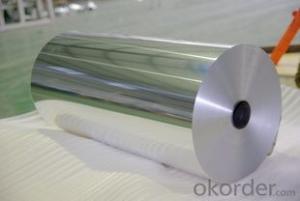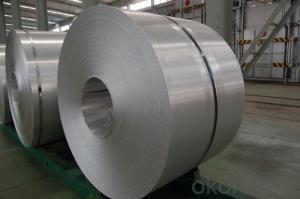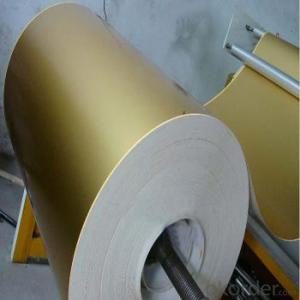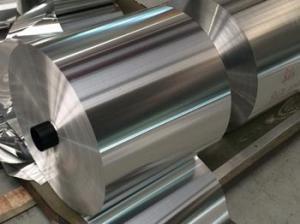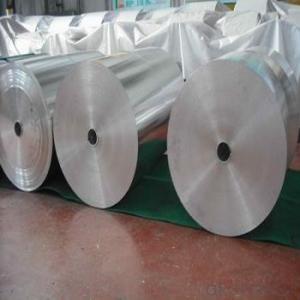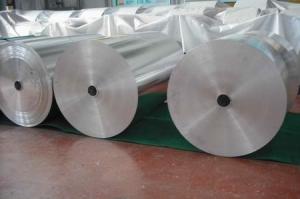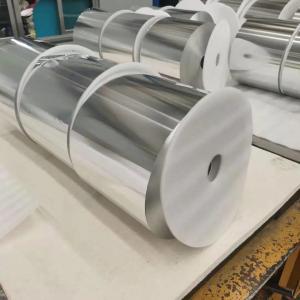Aluminum Foil Pop Up Sheets
Aluminum Foil Pop Up Sheets Related Searches
Aluminum Foil Wrap Sheets Aluminum Foil Sheet Colored Aluminum Foil Sheets Large Aluminum Foil Sheets Sheet Of Aluminum Foil Aluminum Foil Baking Sheet Thick Aluminum Foil Sheets Baking Sheet Aluminum Foil Aluminum Foil Cookie Sheet Aluminum Paper Foil Aluminum Foil Packets Costco Aluminum Foil Sheets Aluminum Foil Leaves Gold Aluminum Foil Sheets Aluminum Foil Wrapping Paper Precut Aluminum Foil Sheets Pre Cut Aluminum Foil Sheets Reusable Aluminum Foil Aluminum Foil Paper Roll Aluminum Foil Rolls Pre-Cut Aluminum Foil Sheets Aluminium Foil Paper Aluminum Foil Side Up Aluminum Foil Blankets Printable Aluminum Foil Decorative Aluminum Foil Aluminum Foil Packs Aluminum Foil Coupons Aluminum Foil Blanket Aluminum Foil PlateAluminum Foil Pop Up Sheets Supplier & Manufacturer from China
Aluminum Foil Pop Up Sheets are a versatile and convenient product made from thin sheets of aluminum foil, designed for various food packaging and cooking applications. These sheets are known for their ability to retain heat and protect food from direct contact with heat sources, making them ideal for baking, roasting, and grilling. They are also appreciated for their ease of use, as they can be easily shaped and folded around food items to create a protective barrier.In terms of application and usage scenarios, Aluminum Foil Pop Up Sheets are widely used in both commercial and domestic settings. They are a staple in professional kitchens for their ability to keep food moist and flavorful while preventing it from sticking to cooking surfaces. At home, these sheets are a popular choice for cooking enthusiasts who want to simplify their cooking process and reduce cleanup time. They are also commonly used for food storage, as they can help to keep food fresh by sealing in moisture and preventing freezer burn.
Okorder.com is a reputable wholesale supplier of Aluminum Foil Pop Up Sheets, offering a large inventory to meet the demands of businesses and individuals alike. With a commitment to quality and customer satisfaction, Okorder.com ensures that their products are of the highest standard, making them a reliable choice for those seeking to purchase Aluminum Foil Pop Up Sheets in bulk.
